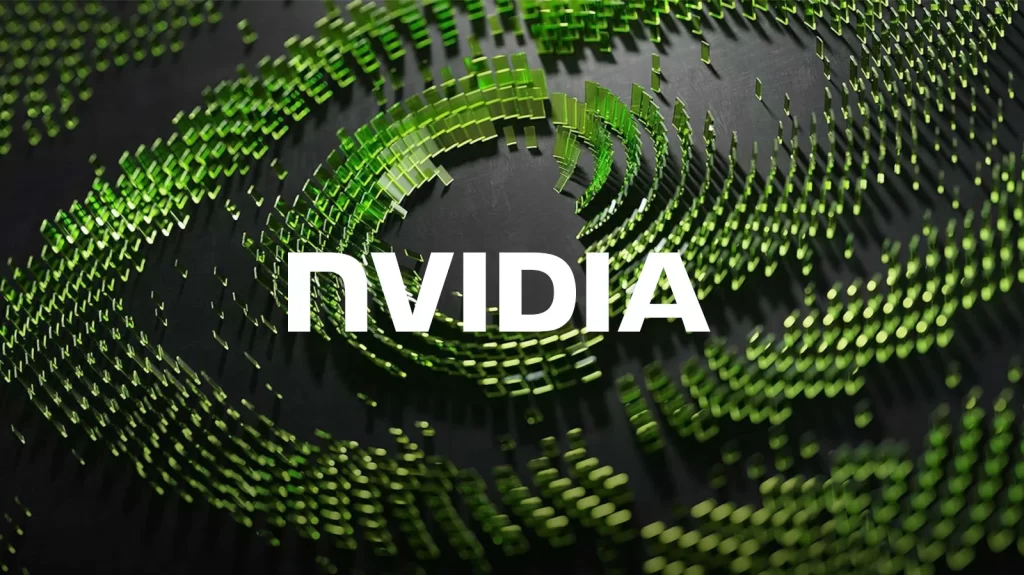Nvidia, a leading force in artificial intelligence semiconductors, recently introduced the Blackwell B200 AI chip, claiming it surpasses the speed of its predecessors by up to 30 times.
This announcement came from Chief Executive Jensen Huang at the outset of Nvidia’s yearly developer conference.
Alongside the new chip, Nvidia revealed a suite of software tools aimed at aiding developers in marketing their AI models more efficiently across Nvidia’s platform.
These developments are crucial for Nvidia as they seek to uphold their dominant position in the AI hardware market, where they currently hold an approximately 80% market share in data center AI chips.
Jensen Huang, known for his iconic black leather jacket, humorously remarked, “I hope you realize this is not a concert,” highlighting Nvidia’s elevated status.
“The Blackwell B200 integrates two of Nvidia’s former chip sizes into one, featuring 208 billion transistors—over double the count of its last chip, thereby enhancing performance through simultaneous memory access.
“Industry experts like Tom Plumb of Plumb Funds acknowledge Nvidia’s continued leadership in graphics processing, despite potential competition.
“But it reinforces that this company is still at the cutting edge and the leader in all graphics processing,” Plumb commented.
Jacob Bourne from Insider Intelligence noted Nvidia’s potential to strengthen its AI dominance, albeit facing threats from competitors such as AMD, Intel, and various startups, particularly from those targeting cost-sensitive enterprise customers.
Nvidia’s innovations have attracted major clients like Amazon, Google, Meta Platforms, Microsoft, OpenAI, Oracle, and Tesla, indicating widespread adoption of the new chip.
Moving beyond individual chip sales, Nvidia now offers comprehensive systems, with a notable system featuring 72 AI chips, 36 central processors, and a total of 600,000 components.
The company has also made significant strides in software development, introducing microservices that streamline system efficiency for various applications.
This growth has propelled Nvidia’s shares up by 240% over the past year, positioning it as the third-most valuable company in the U.S. stock market.
However, the excitement surrounding these advancements is tempered by the reality that competition is intensifying, with Nvidia’s market share poised for a decline as new offerings from rivals emerge.
Huang’s announcements weren’t limited to hardware; partnerships with design software firms Ansys, Cadence, and Synopsys were also revealed, showcasing Nvidia’s expansive ecosystem.
These collaborations, coupled with Nvidia’s technological advancements, underscore the company’s ambitious vision for the future of AI and computing.
